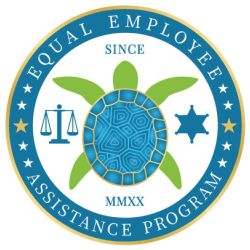Admin- JSG
The Evolution of Employee Assistance Programs (EAPs)
Employee Assistance Programs (also known as EAPs) have been around as early as the 1940s. Traditionally, EAPs have supported ‘life-work balancing’ issues for the everyday employee, providing complimentary services in alcohol abuse, mental health, and financial planning. Every year, there is a significant amount of feedback reporting the success rate of these programs. On the flipside, there is a higher percentage of complaints about the disservice in two areas where employees experience the most hardship: harassment and discrimination. EAPs have failed to address these areas, which has made it difficult for employees to trust their services. Complimentary services seem to be what EAPs offer to maintain their existence in the market. The cost and risk of protecting employees in more complex issues within harassment and discrimination usually result in legal matters, which can cost employers—if not thousands, millions of dollars. Employees are in a difficult situation when they have issues with their employer because EAPs are designed to protect the employer who pays them. Unfortunately, EAPs have had their fair share of limitations with employers placing constraints on their services to employees.
This is where EEAP arrives. So, what is an EEAP? An Equal Employee Assistance Program (EEAP) is an evolved version of traditional EAPs. EEAP is the first EAP of its kind to specialize in protecting employees in the workplace from harassment and discrimination. The additional “E” derived from the word Equal, forming EEAP, signifies that Equality will always be the key value to a healthy organization. Incorporated in 2020 and launched in 2022, EEAP has been a work in progress since 2015. There are significant differences in the primary services provided between EAPs and EEAP. Traditional EAPs offer primary services that are complimentary to ‘life-work balance,’ which are more likely to address issues from outside the workplace, such as alcohol, mental, and financial preventions. In contrast, EEAP offers primary services that support ‘work-life balance’ and address issues from within the workplace, such as harassment and discrimination preventions. Instead of employees seeking help through their employer, EEAP allows employees to bypass their employer and go directly through the organization for support and protection. With the recording of the US economy and its unemployment rate over the years, employees can benefit from the services provided by EEAP.


